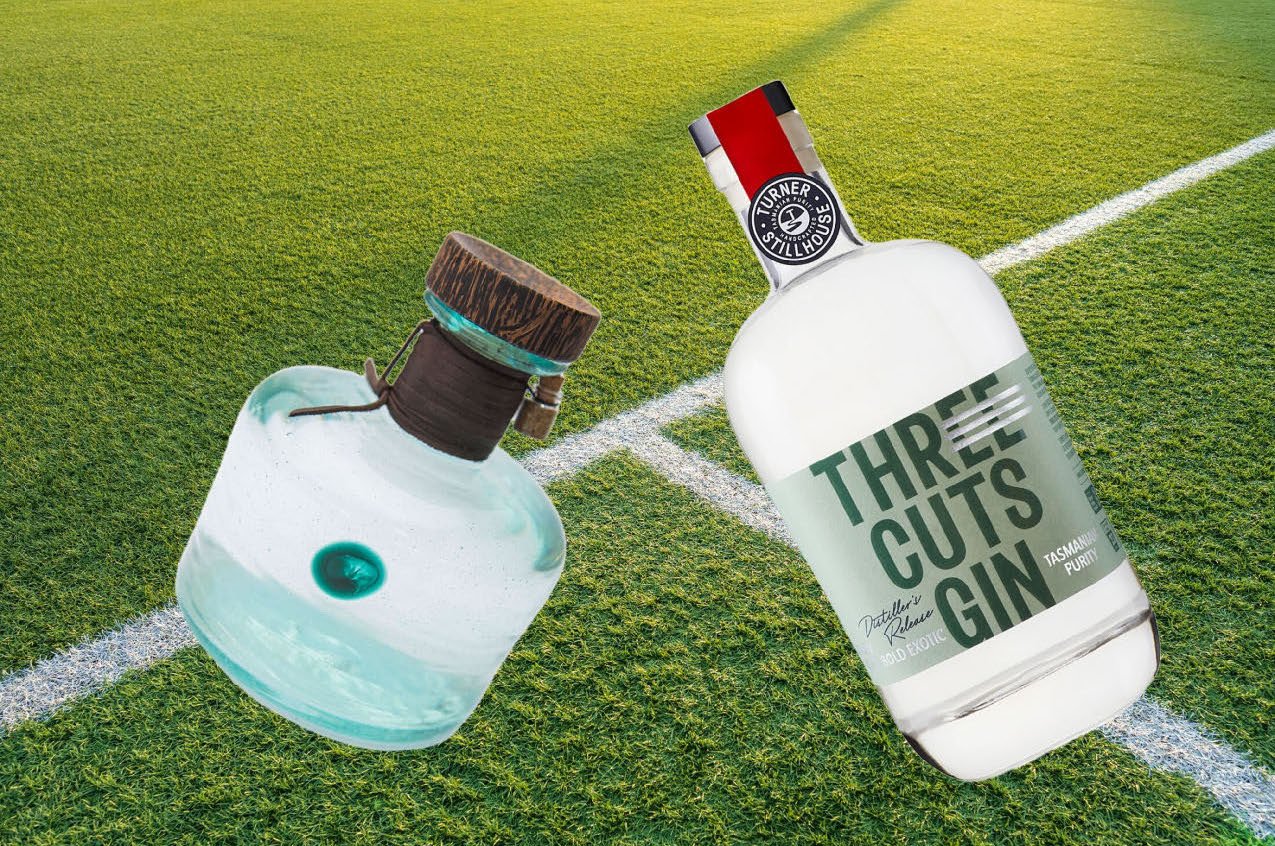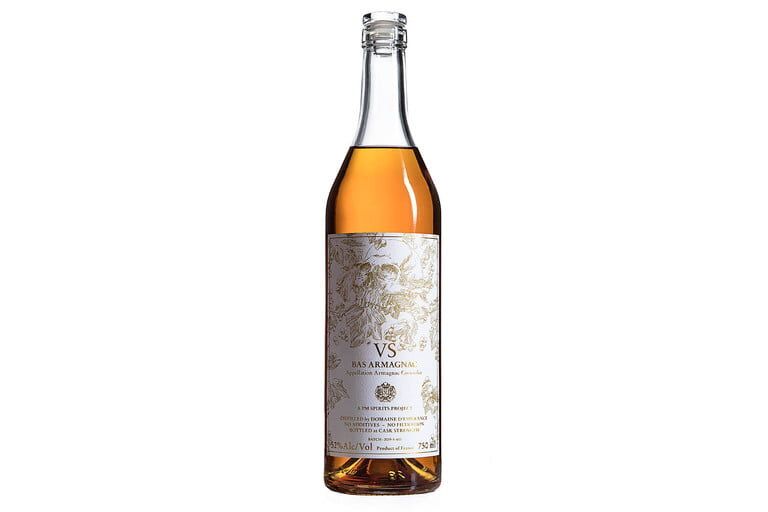It’s a global matchup for the titles in best new whiskey, gin, rum, nonalcoholic spirit, digestif and more.
By Brad Japhe
December 16, 2022 at 7:00 AM EST
The World Cup is nearing its end—as is 2022. In service of such, we’re taking a moment to memorialize the best booze of the year. What does liquor have in common with soccer, you may ask? Not a whole lot if you’re watching it live in Qatar. But under usual circumstances, well-crafted spirit, just like the Beautiful Game, is a truly global phenomenon. And just as it’s been a particularly big year for soccer, it’s been for spirits, too, with a plethora of new releases kicking around bottle shops as of late. Over the past 12 months, I sipped my way through more than 150 expressions hailing from roughly 40 different countries. For those keeping score, that’s eight more entries than the total number of national teams qualifying for the World Cup.
For fans of high-end whiskeys, rums, vodkas, gins and more, there’s almost too much to cheer; according to the Distilled Spirits Council of the US, luxury brands increased by 23% in Q2 over that same quarter of 2021. All this is to say, the field is increasingly crowded. Upon careful deliberation and review, I’ve managed to whittle it down to one-on-one matchups for every primary category of spirit, including some zero-proof entrants. But in each draw, it’s up to you to decide which side walks away with the trophy. Let’s get the ball rolling....
Group Gin: Procera Green Dot versus Three Cuts Distiller’s Release Bold Exotic.
Best Gin of 2022
Kenya versus Australia
Procera Green Dot ginWhereas most gins on the market today are made using dried juniper, this Nairobi-based distillery relies on fresh
berries from the native Juniperus procera. Its 94-proof Green Dot ($120) incorporates all parts of the treeincluding the foliage and bark. The resulting liquid offers a pine-forward nose, typical to the category, but itwarms the mouth with earthiness and a tickle of umami on the finish. It exists as that rarest of breeds: a sippinggin. Presented in a mouth-blown decanter of recycled glass, this gin exudes uniqueness inside and out.
Group Rum: Papalin Jamaica 7 Years Old versus Andrés Brugal.
Best Rum of 2022
Jamaica versus Dominican Republic
Papalin Jamaica 7 Years Old rumThis assertive banana-bomb from esteemed independent bottler Velier marks a melodious merger of twolegendary producers from opposite ends of the Caribbean island. High-ester rum from Hampden and Worthy
Park were pot-distilled and matured in their respective distilleries and warehouses before being combined into awhole greater than the sum of its parts, at about $60 a bottle. Ripened tropical fruit is on full display, and yet athoughtful balance to the blend precludes the finish from overplaying its funk.
Group Brandy: Pierre Frapin Cuvée Rabelais versus Suyo No. 1.
Best Brandy of 2022
France versus Peru
Pierre Frapin Cuvée Rabelais cognacThe Frapin family has been crafting cognac in the Charente Valley since the 13th century. Today their estateconsists of 600 acres worth of vines in the grande Champagne cru. Eau-de-vie distilled from this region is
especially well-suited for lengthy aging, as this collectible $13,000 release convincingly demonstrates. It containsliquids that are 100 years old, and yet the XO exerts a spry vitality, pirouetting across the tongue with brightcandied orange and stewed apricot. The mahogany liquid decants gracefully from a gold-necked vessel, craftedby the oldest glass manufacturer in France, Cristallerie Saint-Louis.







